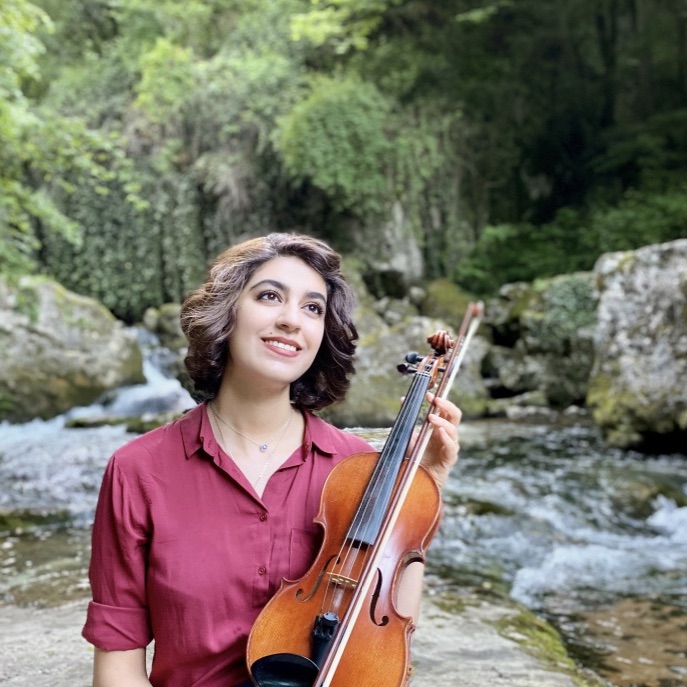About
Since September 2025, I am a postdoctoral researcher at the TANGRAM team in Inria Nancy, working with Erwan Kerrien on aneurysm detection using deep learning methods.
From 2023 to 2025, I was a postdoctoral researcher at the MIND team in Inria-Saclay supervised by Bertrand Thirion and Demian Wassermann. My research project was on the intersection of machine learning and signal processing for brain meta-analysis using Large Language Models (LLMs).
I also worked as a postdoctoral researcher for a year at the MLSP-lab in the University of Maryland, Baltimore County (UMBC) supervised by Tulay Adali. During this period, my research was on studying the brain for identifying new patterns and discriminant features of brain functional network connectivity, subgroup identification, brain graph neural network, and reproducibility and replicability assessment.
I obtained my Ph.D. in biomedical engineering from the GIPSA-lab, University Grenoble Alpes, under supervision of Christian Jutten and Bertrand Rivet, where I worked on optimal sensor placement for source extraction. I also have an M.Sc. degree in biomedical engineering from Sharif University of Technology, where I explored the reconstruction of magnetic resonance images using compressed sensing techniques. Before pursuing my Ph.D., I worked as a research assistant at the DSP-lab in Sharif University of Technology supervised by Massoud Babaie-Zadeh where I developed accelerated dictionary learning algorithms for minimizing a non-smooth and non-convex sparsity-promoting function and developed an efficient solver for this problem by using a penalty method along with proximal ideas.
I am passionate about playing the violin and exploring the philosophy of Friedrich Nietzsche, especially his work Thus Spoke Zarathustra. I also have a deep appreciation for beauty in all its forms, particularly in art and nature.
Research Interests
- Aneurysm detection with deep learning
- Brain meta-analysis with large language models (LLM)
- Independent component/vector analysis (ICA/IVA) for multi-subject fMRI study
- Optimal sensor placement for source extraction
- Machine learning and statistical signal processing in medical applications
- Bayesian modeling, numerical optimization, and dictionary learning
